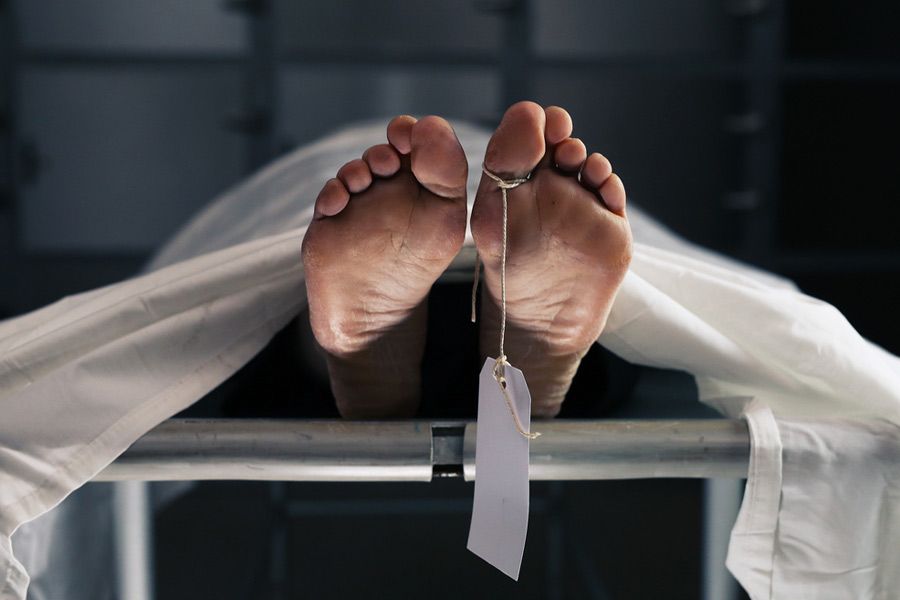As the toll from the devastating landslides in Wayanad district continues to rise, a government doctor has shared a heart-wrenching account of the true extent of the tragedy. Posted at a local hospital to perform post-mortem examinations, she was met with sights that will haunt her forever.
"I'm accustomed to performing post-mortems, but nothing could have prepared me for this," she said, her voice laced with emotion.
"The body was so severely crushed, I couldn't bear to look twice. It was like nothing I've ever seen before," she said, speaking of one of the victims that lay on her autopsy table.
The doctor, who wishes to remain anonymous, has years of experience in her field, but the sheer scale of destruction caused by the landslide has left her shaken.
"I've seen many bodies in my career, but this was different. The impact was so severe, it was as if the person had been pulverised," she said.
As she shuddered at the sight of the body, more and more bodies began arriving, most of them highly disfigured.
"I told myself that I could not handle this, when I saw the first body. It was so crushed, and the second one was that of a one-year-old child. Seeing it, I was sure that I could not continue doing it (post-mortem) and wanted to run away to a hospital where we could give care to survivors. But on that day, I had no option, and we performed 18 post-mortems," she told PTI.
When she and her team of doctors were overwhelmed by the number of bodies on day one, several forensic surgeons from different parts of the state began arriving to help speed up the post-mortem process.
"There were eight tables for conducting post-mortems, and by evening, we had so many forensic surgeons that each table had one forensic surgeon at it. By 7.30 pm, we were able to complete as many as 53 post-mortems," the doctor added.
The team of forensic surgeons continued their work until 11.30 pm on day one of the disaster and completed the autopsies of more than 93 bodies.
The system worked so efficiently that there was an abundance of forensic surgeons and therefore no delay in completing the procedures.
"The situation is so pathetic. We have never seen bodies in such conditions before. Even seasoned doctors found it difficult to handle bodies in this state," the doctor added.
The tremendous force of the impact had crushed people, often shredding them apart. Doctors had to handle body parts, sometimes only the internal organs of victims. They had to collect samples of these organs for DNA analysis to identify the victims.
The doctors are working without rest and are under high mental stress as they continue to dissect the disfigured bodies of women, children, and men.
More and more bodies are being recovered from the disaster sites by rescue teams as they finally manage to reach isolated areas that were cut off following the landslide.
The doctors will continue to do what they have been doing as the death toll keeps climbing.
Meanwhile, Health Minister Veena George emphasised the importance of psychological counselling for the survivors, as many have witnessed scenes that will haunt them for the rest of their lives.
Except for the headline, this story has not been edited by The Telegraph Online staff and has been published from a syndicated feed.










